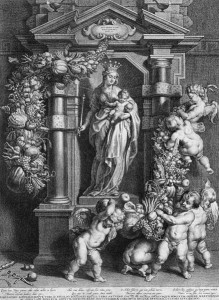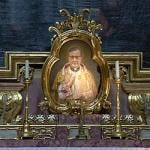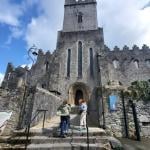 I’ve seen many images of the Resurrected Christ, in oils and tempura and marble. This year, though, I was struck by this image—of the empty tomb?
I’ve seen many images of the Resurrected Christ, in oils and tempura and marble. This year, though, I was struck by this image—of the empty tomb?
No, look again: The stone is rolled back, but inside the sepulcher something wondrous is happening. The blinding light, like an eclipse of the sun! Why, the artist is gazing into the tomb at the moment that Christ’s body is reinfused with life.
In 2011, after five years of scientific experiments using different methods of coloring linen, Italy’s National Agency for New Technologies, Energy and Sustainable Economic Development concluded that the image on the Shroud is not the result of any process known to the modern world. It may, scientists said, have been created by an intense source of light—but no man-made light would have produced the required strength.
At the University of Texas in Austin, physicists boast of the Texas Petawatt Laser, the brightest light in the universe. (A petawatt is 1 million billon watts—far more than the power generated by all of the world’s power plants, which together produce only terawatts, a measurement of a mere trillion watts.) The Petawatt Laser can blast out infrared pulses that each have more than one petawatt of power.
What the artist depicts, the miracle that happened on Easter morning, must have been measured in petawatts.
He is risen!











